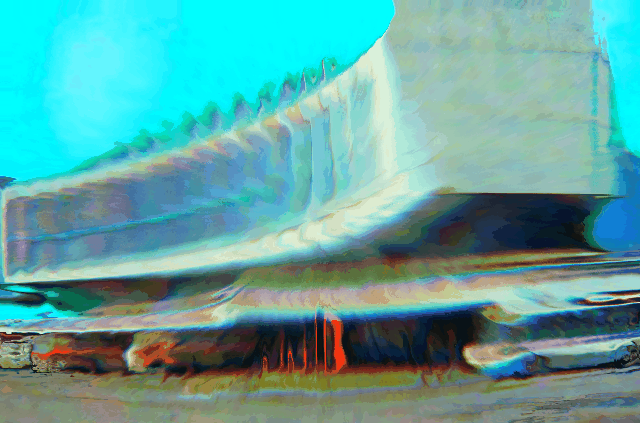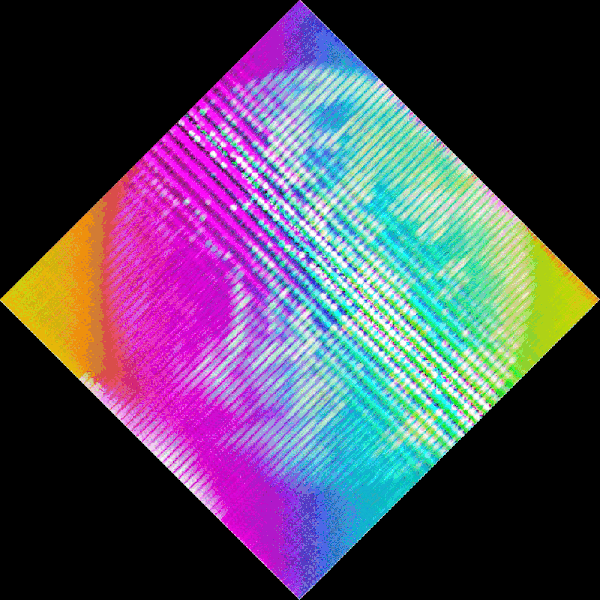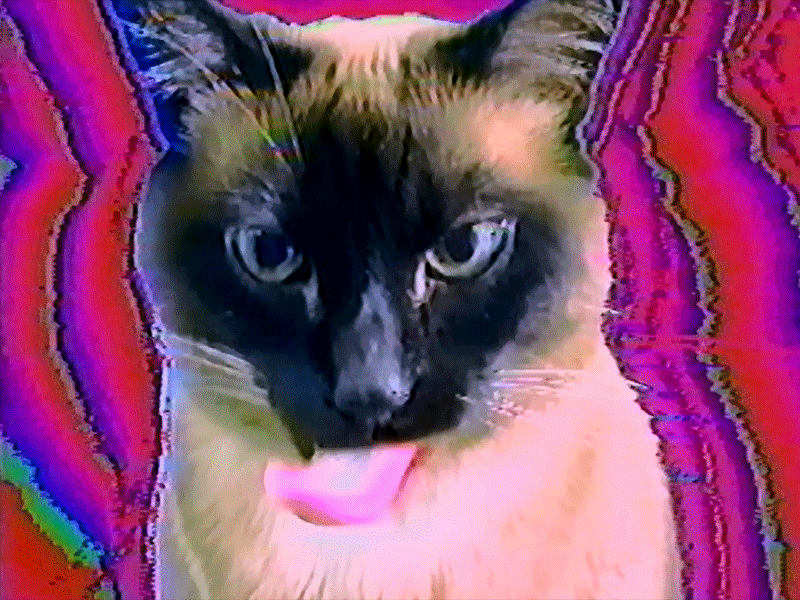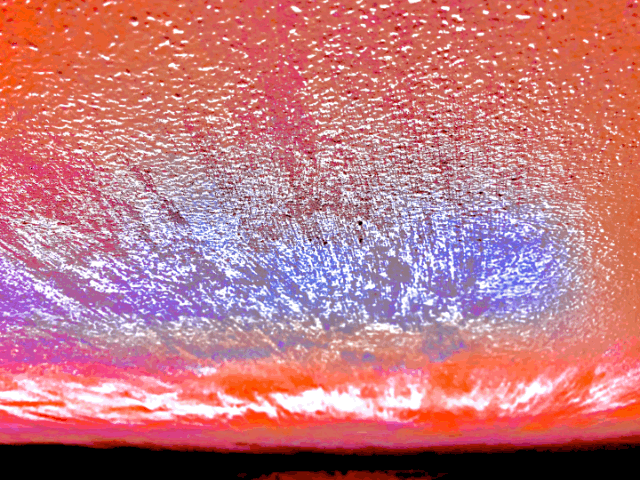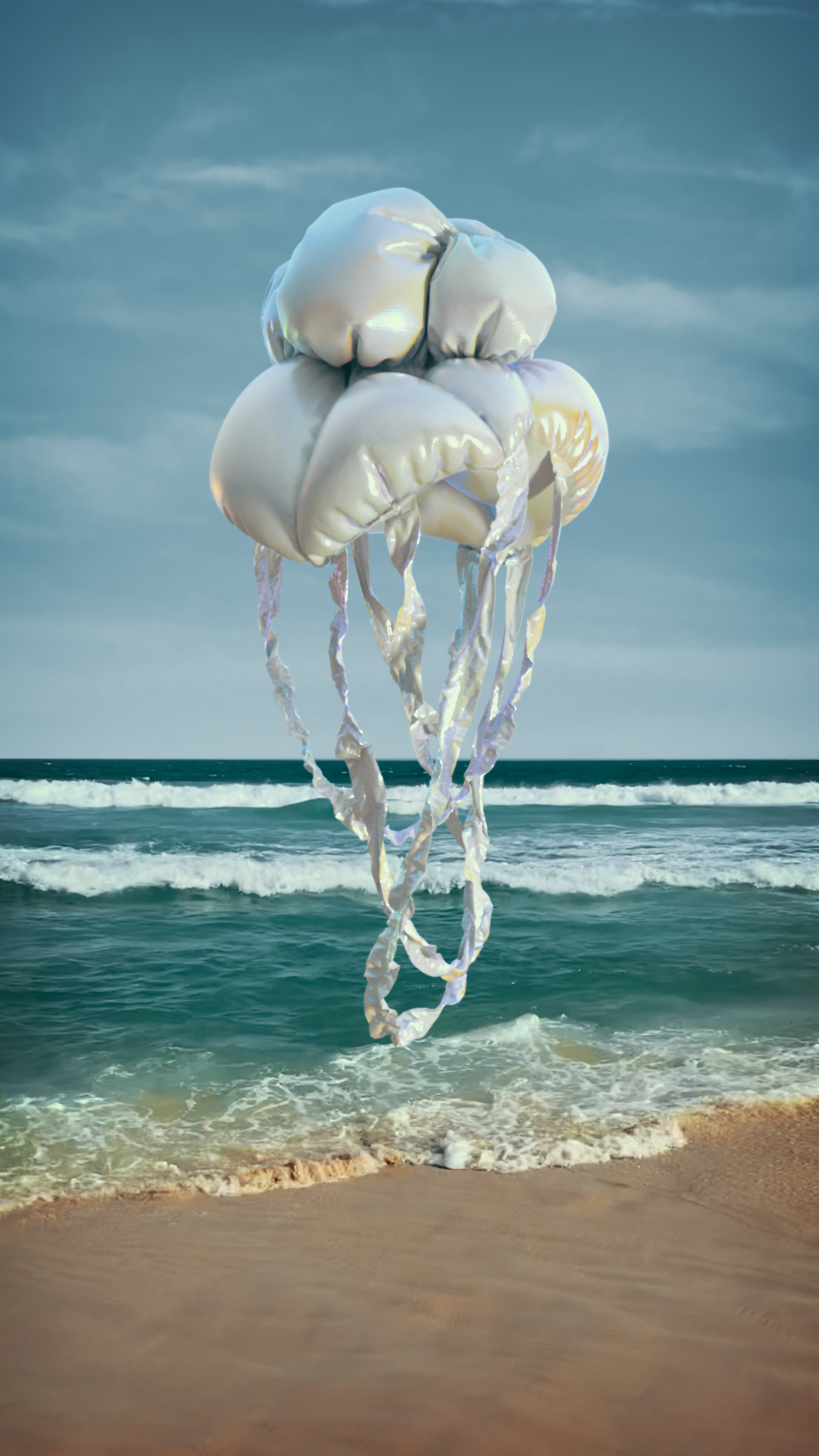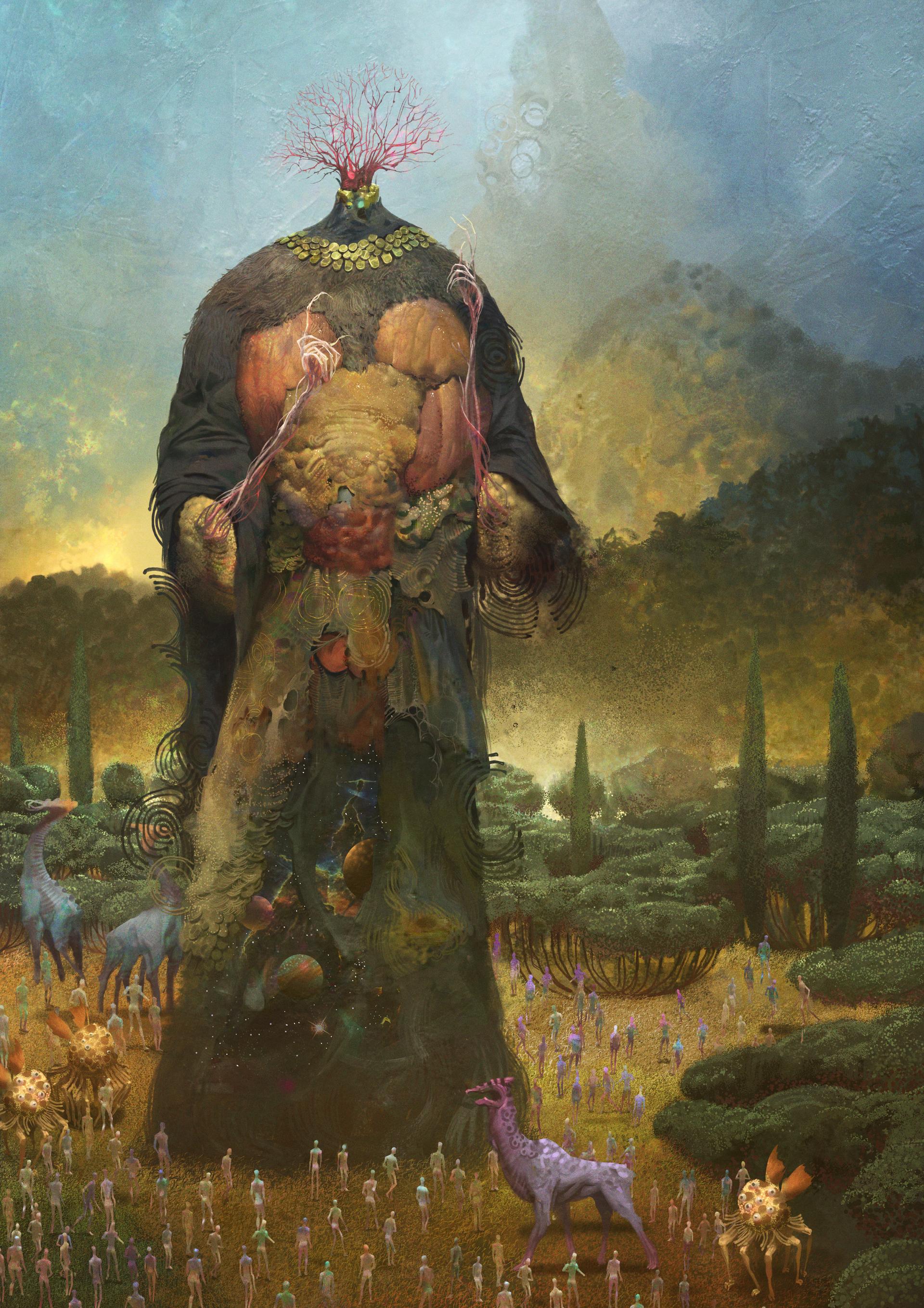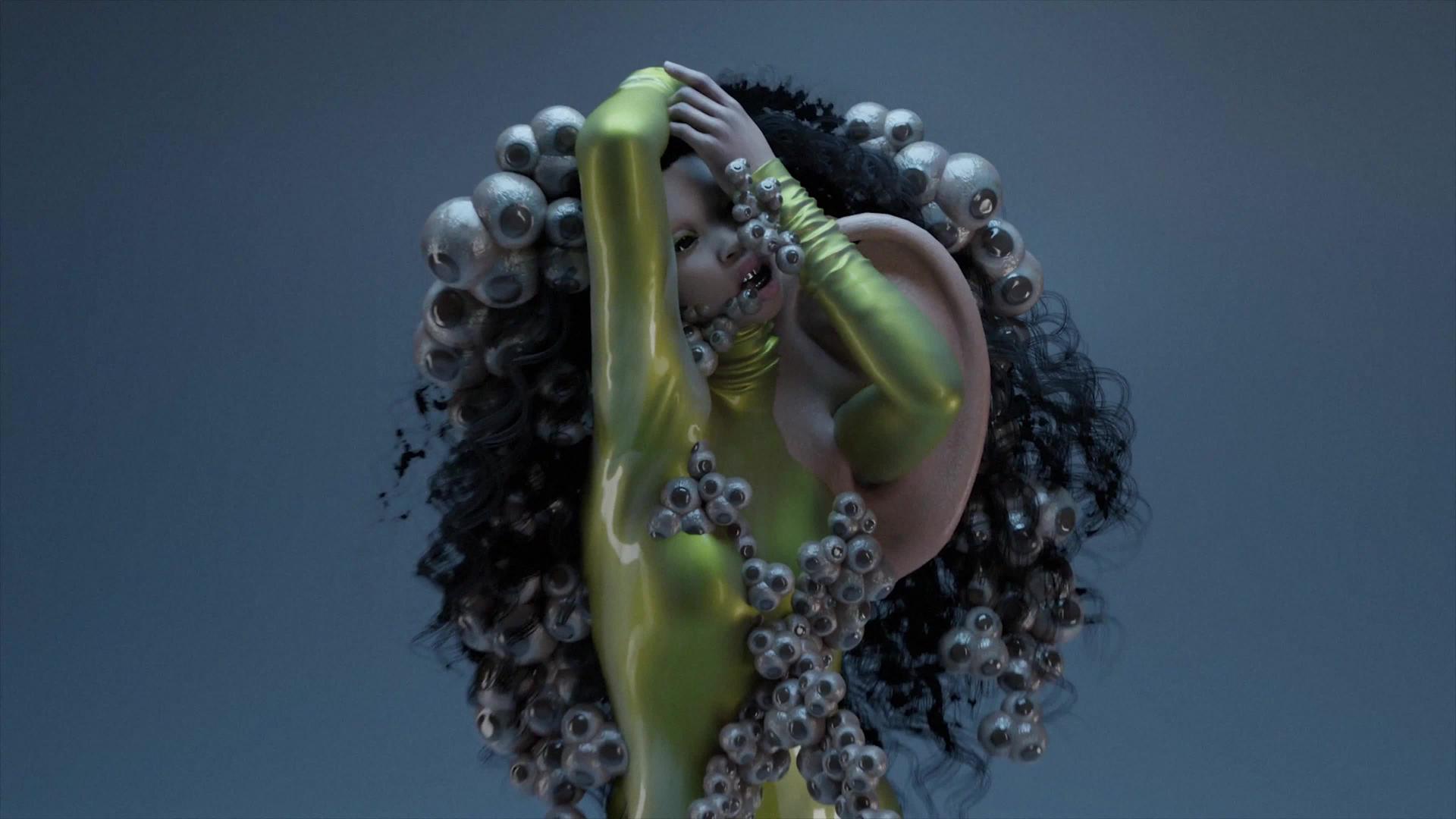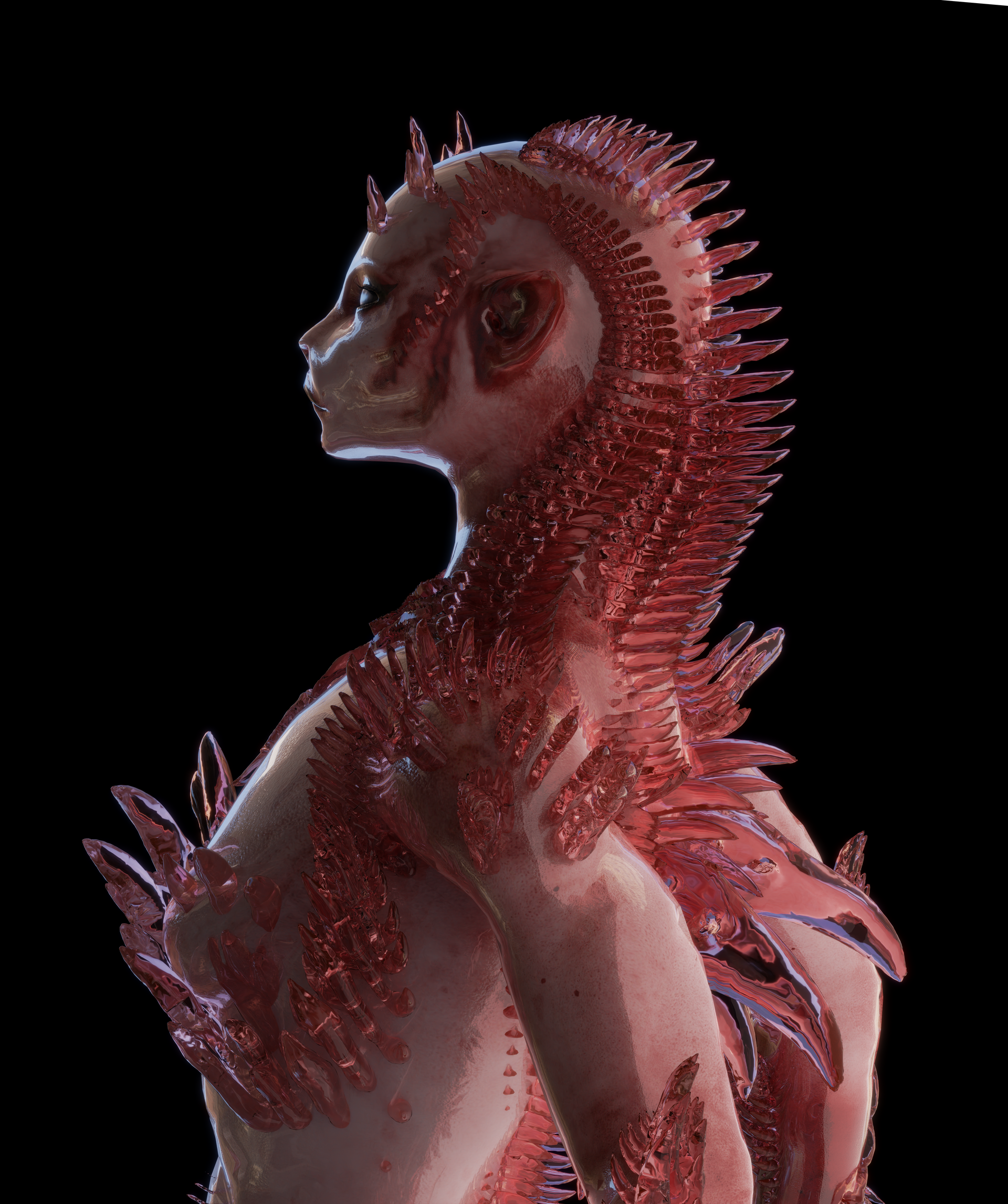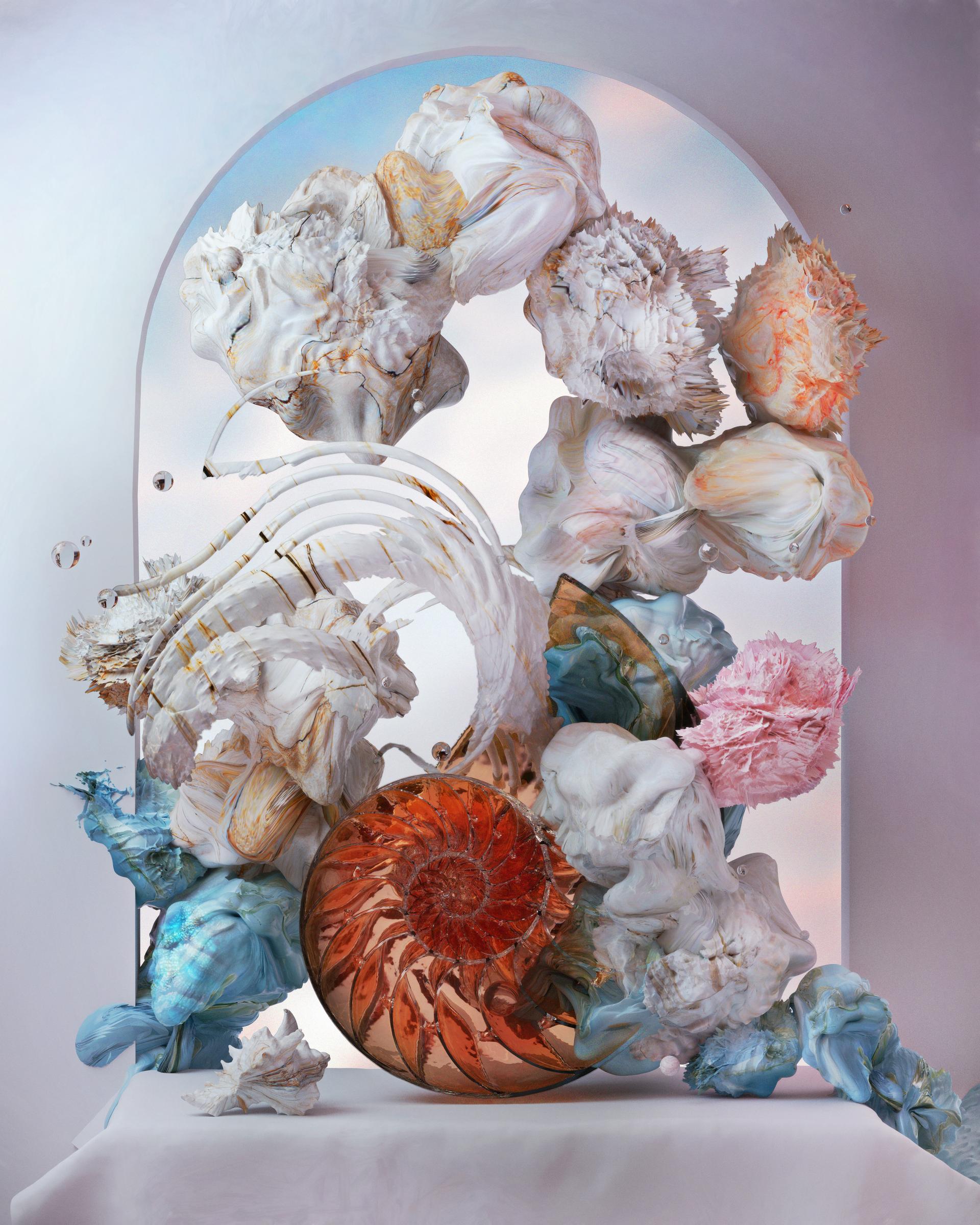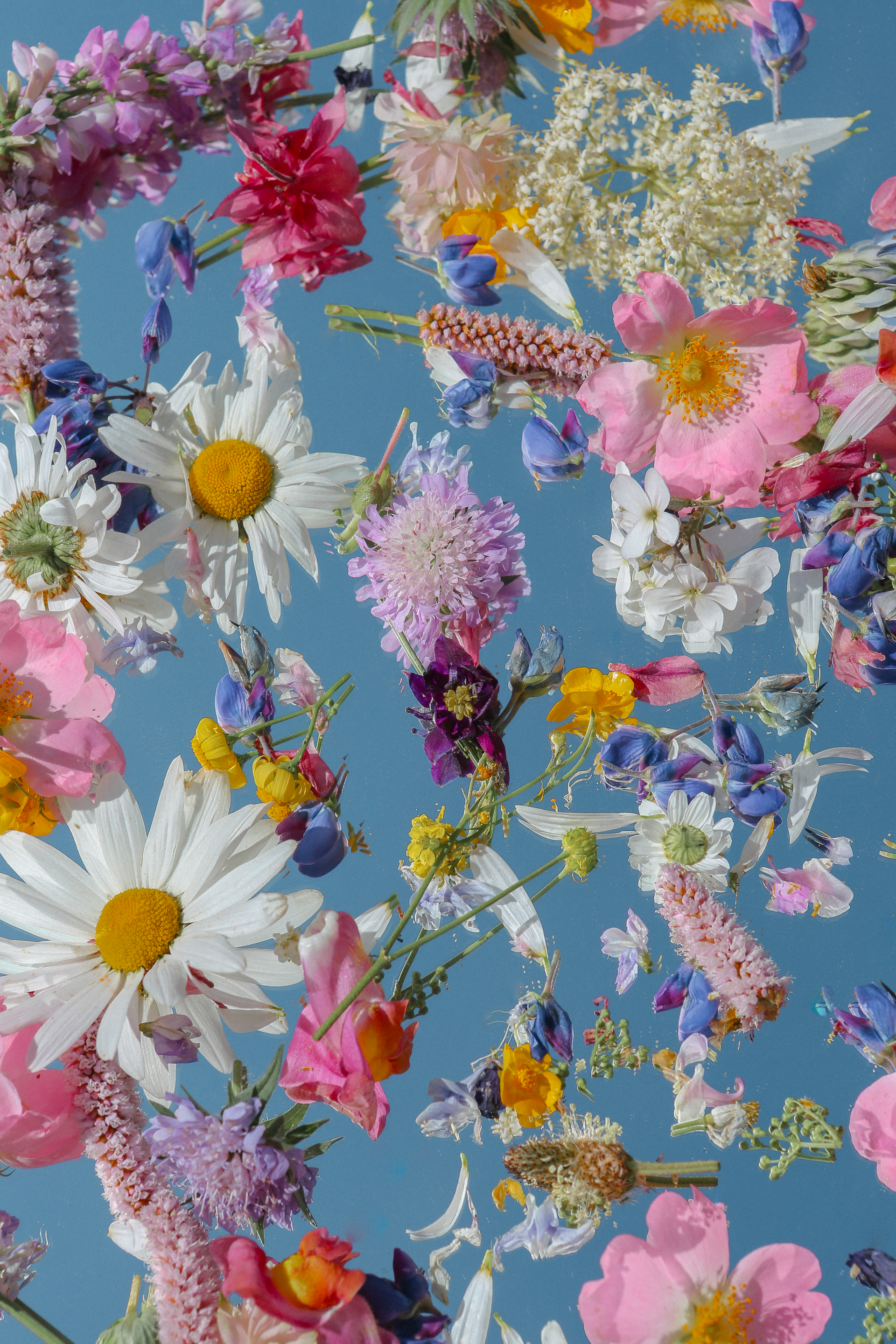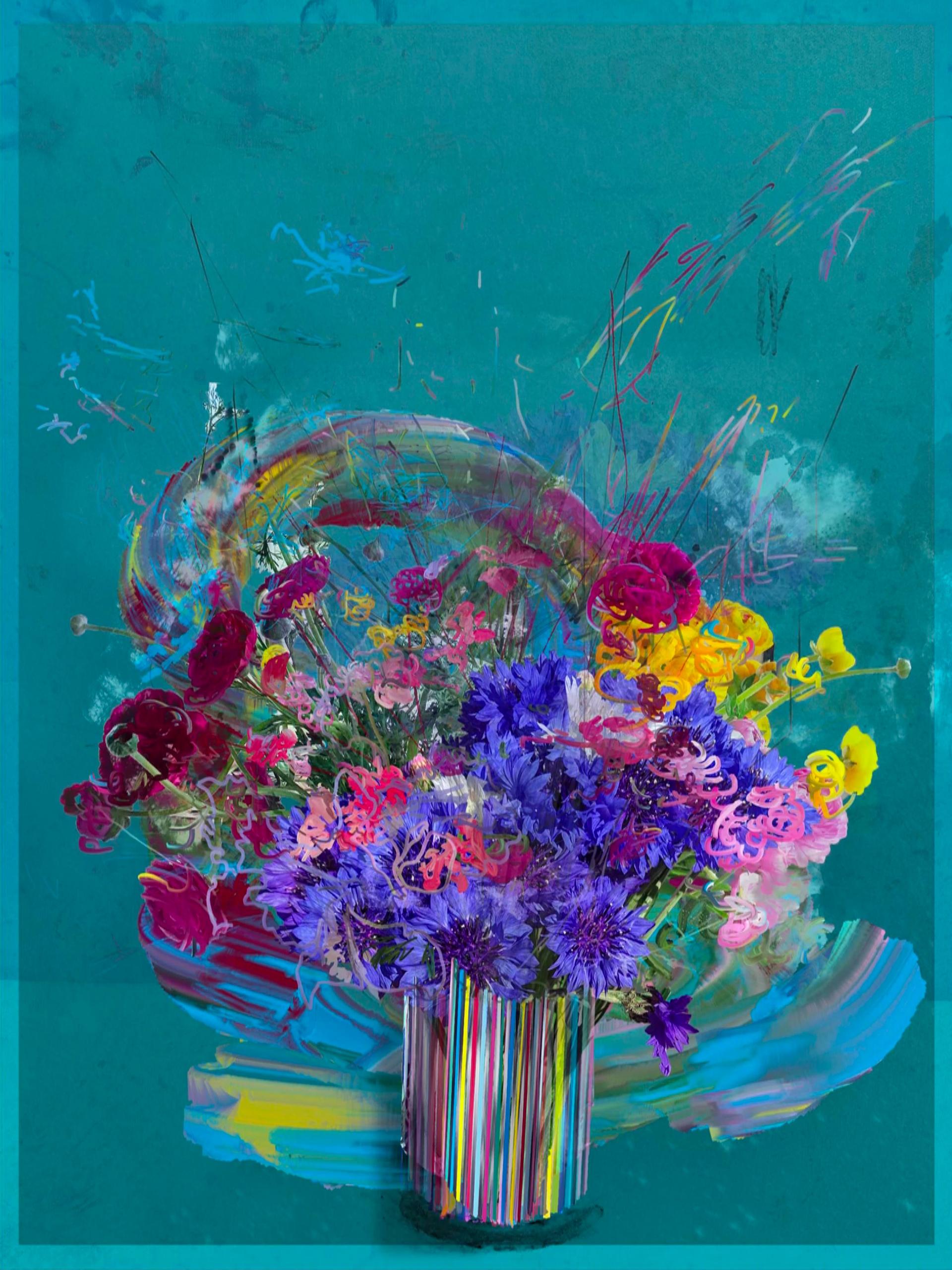From Nam June Paik to Jennifer Juniper Stratford, Cory Arcangel, and other artists influenced by the idea of the glitch.
A glitch, a malfunction from a TV monitor or in a video game, distortions, misalignments, malfunctions, grainy images, and hardware failures are tools to transmit repetitions, technology and sentimentality for a lost era, an attempt to refer to nostalgia and/or net art. What is commonly used by the artists in this selection is the crossover between digital and analog that seems to be a recurrent point in some of the practices and an important aspect in the treatment of the imagery and of the sound—the collapsing of the linear time frame seems to be of interest and an important creative methodology.
The glitch aesthetic is an effective and affective tool to explore contemporary yearning for past generations, often used nowadays by artists who have not necessarily experienced a real TV glitch! But it is also a trend of its own, a creative and critical tool of a failing technology and society.
"In a society that conditions the public to find discomfort or outright fear in the errors and malfunctions of our socio-cultural mechanics—illicitly and implicitly encouraging an ethos of “Don’t rock the boat!”—a “glitch” becomes an apt metonym. Glitch Feminism, however, embraces the causality of “error”, and turns the gloomy implication of glitch on its ear by acknowledging that an error in a social system that has already been disturbed by economic, racial, social, sexual, and cultural stratification and the imperialist wrecking-ball of globalization—processes that continue to enact violence on all bodies—may not, in fact, be an error at all, but rather a much-needed erratum. This glitch is a correction to the “machine”, and, in turn, a positive departure." (L. Russell, The Society Pages, 2013)
From Nam June Paik to Jennifer Juniper Stratford, Cory Arcangel, and other artists influenced by the idea of the glitch. A glitch, a malfunction from a TV monitor or in a video game, distortions, misalignments, malfunctions, grainy images, and hardware failures are tools to transmit repetitions, technology and sentimentality for a lost era, an attempt to refer to nostalgia and/or net art. What is commonly used by the artists in this selection is the crossover between digital and analog that seems to be a recurrent point in some of the practices and an important aspect in the treatment of the imagery and of the sound—the collapsing of the linear time frame seems to be of interest and an important creative methodology. The glitch aesthetic is an effective and affective tool to explore contemporary yearning for past generations, often used nowadays by artists who have not necessarily experienced a real TV glitch! But it is also a trend of its own, a creative and critical tool of a failing technology and society.
"In a society that conditions the public to find discomfort or outright fear in the errors and malfunctions of our socio-cultural mechanics—illicitly and implicitly encouraging an ethos of “Don’t rock the boat!”—a “glitch” becomes an apt metonym. Glitch Feminism, however, embraces the causality of “error”, and turns the gloomy implication of glitch on its ear by acknowledging that an error in a social system that has already been disturbed by economic, racial, social, sexual, and cultural stratification and the imperialist wrecking-ball of globalization—processes that continue to enact violence on all bodies—may not, in fact, be an error at all, but rather a much-needed erratum. This glitch is a correction to the “machine”, and, in turn, a positive departure." (L. Russell, The Society Pages, 2013)

